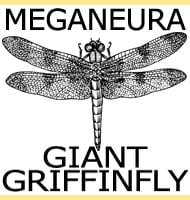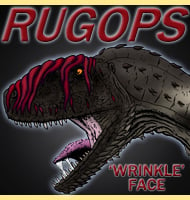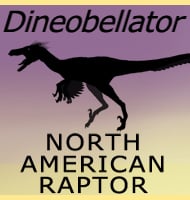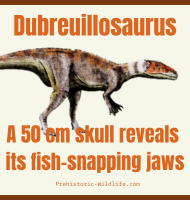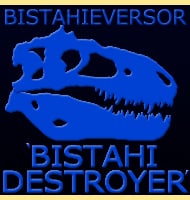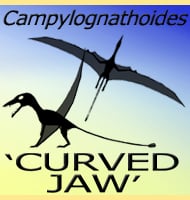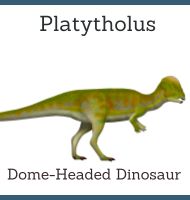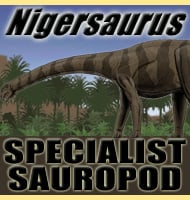In Depth
Although not a very well-known amphicyonid, Drassonax does help to reinforce the image of the earlier bear dogs being very small predators that were second to creodont mammals like Hyaenodon during the Oligocene. Ultimately however the creodonts did not adapt to changing climatic conditions which drove the development of new prey types, and with the arrival of newer larger bear dog forms such as Amphicyon, the bear dogs took over from the creodonts.
Because of its small size, Drassonax would have been a hunter of other small animals as well as possibly a scavenger that fed upon the leftovers from the larger predators. These larger predators included the aforementioned creodonts as well as false sabre-toothed cats. Both of these types of predators would have been easily capable of killing a small amphicyonid like Drassonax.
Further Reading
– A contribution to the Tertiary geology and paleontology of northeastern Colorado. – University of Kansas Paleontological Contributions Vertebrata 4:1-120. – E. C. Galbreath – 1953.

